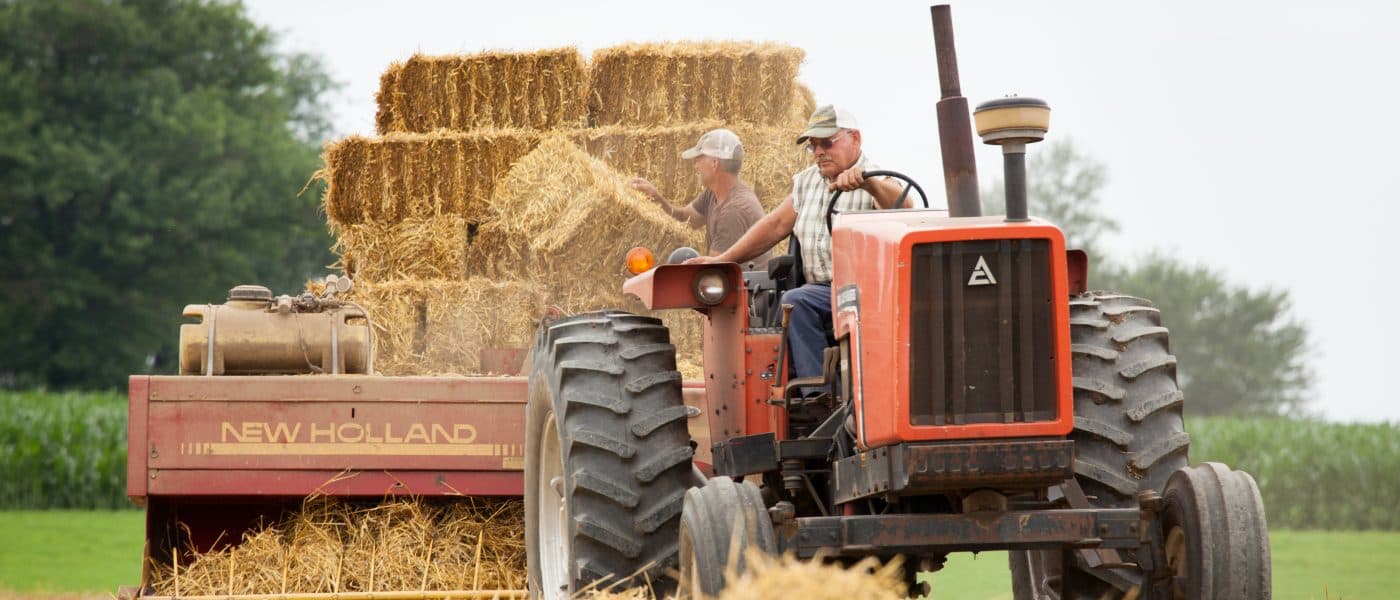
 Last week I reported on a recent study conducted by USDA scientist Dr. Robert Kremer revealing the negative effects that the widespread use of herbicide glyphosate (also known as Monsanto’s Roundup) has on our soil. I also noted how the ubiquitous use of Roundup has led to the rapid growth of Roundup resistant “superweeds” that are now devastating American farmers’ fields. Well, lo and behold, New York Times must have caught wind (wink, wink) — they published a front-page piece on this very topic this past Monday!
Last week I reported on a recent study conducted by USDA scientist Dr. Robert Kremer revealing the negative effects that the widespread use of herbicide glyphosate (also known as Monsanto’s Roundup) has on our soil. I also noted how the ubiquitous use of Roundup has led to the rapid growth of Roundup resistant “superweeds” that are now devastating American farmers’ fields. Well, lo and behold, New York Times must have caught wind (wink, wink) — they published a front-page piece on this very topic this past Monday!
Here’s what they had to say:
The Times reports that the first Roundup resistant species to pose a serious threat to agriculture was spotted ten years ago in Tennessee, but with the continued overuse of Roundup, weeds have evolved to ten resistant species in at least twenty-two states, as well as in Australia, China, and Brazil. Roundup Ready crops, genetically-modified to tolerate the chemical, allowed farmers to spray their fields to kill weeds while the crop itself remained unharmed from herbicide exposure. Currently 90% of soybeans and 70% of the corn and cotton grown in the United States are Roundup Ready. It is these very crops that are most at risk of being choked out by the superweeds, with millions of acres already significantly damaged.
The Monsanto Company and others like it in the biotech industry are leading farmers into a more pesticide-dependent future, despite their repeated promises that farmers should be moving in the opposite direction with their products, notes the Center for Food Safety in the article. Roundup and Roundup Ready crops were designed to protect farmers’ yields from destruction by weeds, but instead, farmers are being forced to use higher doses of multiple chemicals in order to kill the superweeds ravaging their farms. While Monsanto maintains that Roundup is still an effective weed control, the company is subsidizing cotton farmers’ purchases of herbicides to supplement Roundup. Seems like a mixed message to me! Are more chemicals really the best solution, here?
There is good evidence that this pathway may lead to decreased crop yields and more land and water pollution, only exacerbating the health risks associated with their products.
Could this be the straw that break’s Monsanto’s back? As the Department of Justice investigation into Monsanto and the Supreme Court case regarding Roundup Ready alfalfa continue to unfold, producers and consumers are finally getting to voice their concerns with Monsanto’s business principles and products.
What do you think should be done to prevent further spread of Roundup superweeds?

